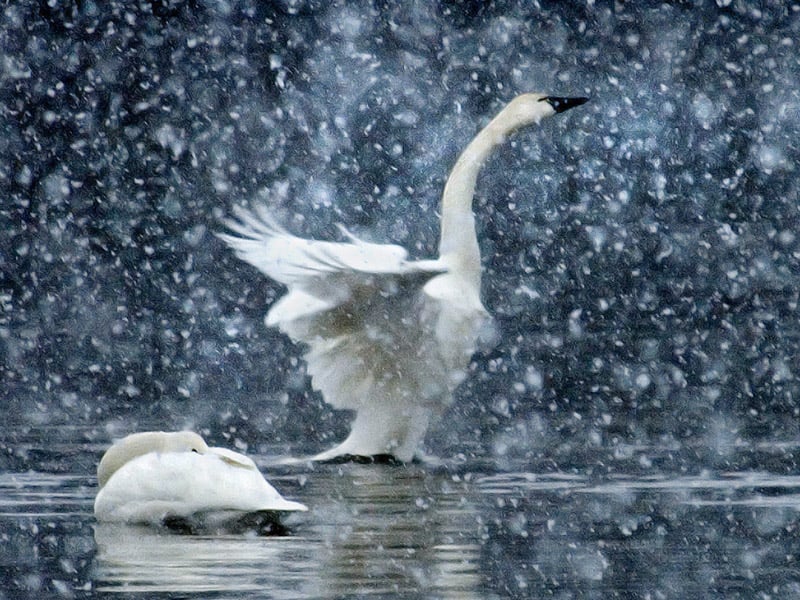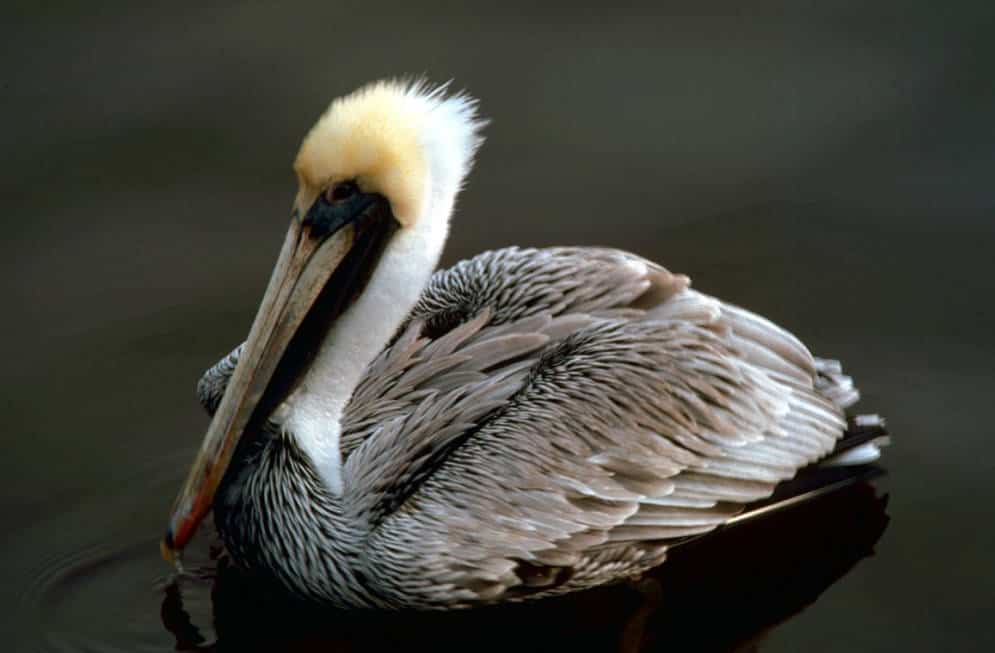1. There are 9,567 different bird species alive today. Fossilized remains, however, show that at one time there were more than 150,000 different bird species on this planet.
2. Although the swift can reach speeds of up to 170 mph, most experts agree that the world’s fastest bird is the peregrine falcon. It can fly at speeds in excess of 200 mph! The world’s slowest flying bird is the American woodcock. At top speed it can move at 5 mph!
3. A vulture once collided with a jetliner over West Africa. The jet was flying at an altitude of 37,000 feet! Vultures have the world’s slowest wing beat – 1 beat per second. Hummingbirds, on the other hand, beat their wings up to 90 times per second.
4. A group of chickens is called a peep. There are more chickens in the world than people. They only have 250 to 350 taste buds compared with the 9,000 or so we humans have. They absorb vitamin D through their combs from sunshine and have really bad night vision. They are also the closest living relatives of Tyrannosaurus rex.
5. The goose was the first bird to be domesticated by man. An ancient story tells how a flock of white geese raised the alarm when Rome was attacked by the Gauls, and thus saved the city. Incidentally, speaking of the ancient Romans, they also ate flamingo tongues and regarded them as a rare delicacy.
6. Studies show that most wild birds will die in their first year of life. But if they can survive this first year then they stand a strong chance of living for some considerable time. The American robin, for instance, can live up to 12 years and both the great blue heron and the Canada goose can live for more than 23 years, the blue jay for more than 18 years, and some blackbird species for 15-plus years.
7. Not only is the ostrich the only bird on the planet to have a urinary bladder and an eye that is bigger than its brain, it’s also the largest known flightless bird, weighing in at over 300 pounds and standing up to 8 feet tall. It’s also pretty nimble on its feet, having been clocked at speeds in excess of 55 mph.
8. The world’s smallest bird is the bee hummingbird. It weighs less than one-tenth of an ounce, is around 2 1/2 inches long and has a 4-inch wingspan.
9. It’s reckoned that around 2 billion birds are killed each year in North America alone by pet and feral cats.
10. Swans mate for life. Some swans have more than 20,000 feathers in their plumage.
11. On one occasion a group of starlings chose to take a rest on the minute hand of Big Ben. As a result the famous timepiece became 5 minutes slow!
12. Mockingbirds can imitate about any sound imaginable, from a barking dog to squeaky hinges, to the notes from a piano to a cackling hen to even a cat meowing. What’s more, their mimicry is so skilled that even electronic analysis would find it difficult to distinguish between the original sound and the impression.
13. A duck’s eggshell is porous to allow the baby duckling to breathe. With proper care and feeding pet ducks can live up to 20 years or more. Research at Indiana State University has shown that ducks on the edge of a group sleep with one eye open whereas those in the middle of the group confidently sleep with both eyes closed.
14. The Arctic tern can live for more than 30 years, and during the breeding season its bill colour will change from black to red.
15. A group of owls is called a parliament. A group of larks is called an exaltation. A group of crows is called a murder.
16. The emperor penguin incubates the penguin egg by balancing it on his feet and covering it with the bottom of his belly. Penguins openly accept same-sex commitments and gay penguin couples are a common sight in penguin colonies.
17. The highest price ever paid for a book about birds was in 1989, when a set of John James Audubon’s books titled The Birds of America were sold at auction for $3.96 million.
18. Farmers dislike them because of the damage they inflict upon their crops, but many people believe crows and ravens rank among the most intelligent of all birds and have a brainpower comparable to that of dolphins. They are thought to be right up there with the African grey parrot that has a vocabulary of more than 800 words.
19. A seabird known as the fulmar spits rancid yellow oil at anyone or anything that intrudes into its nesting area. The bird can spit with great precision at distances of up to 5 feet. The bird reeks of the smell of the rancid oil and some fulmar eggs that have been in museums for nearly a century still stink!
20. Some sparrows, the partridge, and the skylark are in danger. Their numbers have dwindled significantly over the past few years. The decline has been attributed to an increased use of chemically based pesticides.




